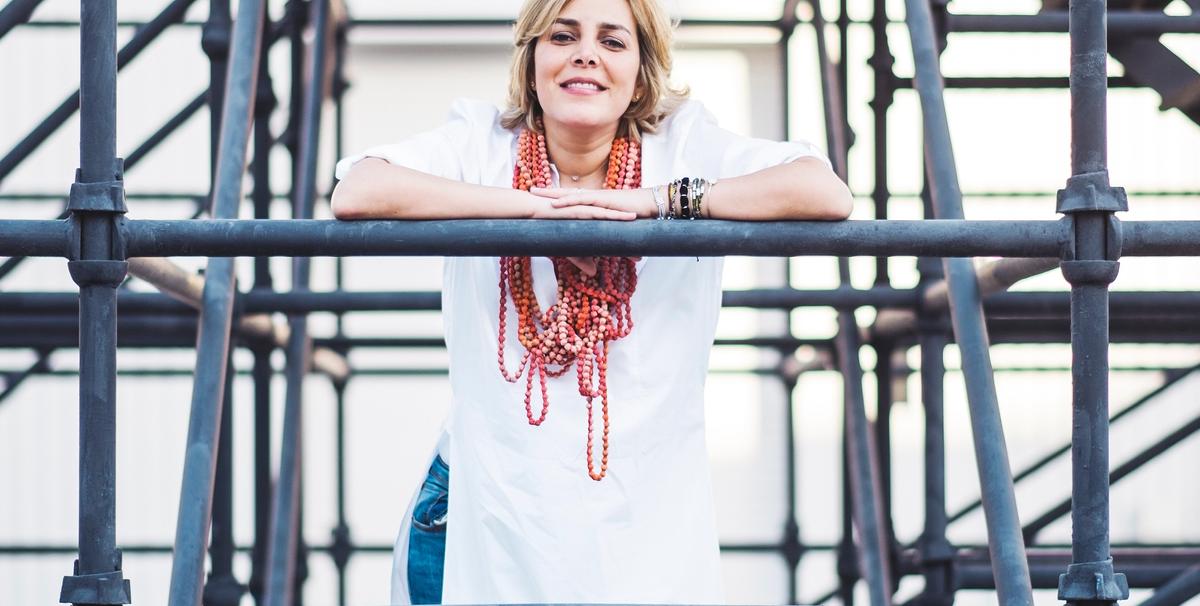You can achieve a lot in a decade. Art Dubai, which hit the ground running when it launched as the first contemporary art fair in the UAE in March 2007, is able to capture the essence of contemporary art practice in the region and is a key meeting point for the international arts community. In Myrna Ayad’s debut edition as fair director, the programme is fresh and dynamic, yet grounded and relevant.
The gallery halls are more tightly curated (evident in the addition of curators Sam Bardaouil and Till Fellrath of ArtReoriented to the fair’s selection committee), split between solo or two-artist exhibitions and multi-artist shows. Marker, the space in the contemporary halls which, for the past six years had focused on a ‘new’ arts scene from a specific geography (last year was the Philippines), has been scrapped. “Its mission was to diversify and showcase art from otherwise under-represented areas,” says Ayad. “Over the years, we came to see that that diversity was presented through our galleries.” Case in point is Latin America, Marker’s focus in 2014: this year sees the strongest presence of galleries and artists from the continent to date.
With six galleries from Tehran in Contemporary and two in Modern, there is also a strong presence of Iranian galleries. “It’s a completely new generation – [these galleries] are showcasing another Iran,” says Ayad. Gallery directors like Salman Matinfar of Ab-Anbar, participating for the first time with new sculptures by Reza Aramesh and drawings by Sirak Melkonian, and Hormoz Hematian of Dastan’s Basement, which presents a booth curated by Fereydoun Ave, both studied and lived abroad before returning to Tehran. Appreciation of a wider art history partly explains why these spaces work: Ab-Anbar just held the first solo show by Scottish conceptual artist David Batchelor in Iran, curated by Leyla Fakhr, former curator at Tate Britain.
“It is their first presentation to the West, the first step onto the international arena,” says Pablo Del Val, international director of Art Dubai. In other areas of the fair, art history is still being written. “We pioneered with Art Dubai Modern,” says Ayad. “It remains the only place you can see Modernist art from these regions.” Thus the academic approach to this section of the fair, such as the inaugural Art Dubai Modern Symposium, taking place over three days in the Modern Lounge (13, 17-18 March) as well as at the new OMA designed Concrete venue in Alserkal Avenue. Art Dubai Modern selection committee members are intentionally not gallerists, and part of their mission is to identify new trends.
“The market is reinventing itself continuously and we are responding to that,” says Ayad. “You can still find affordable works, as low as $5,000 by masters, and we are still discovering more and more”.
No surprise then that the Modern section is a part of the fair that has attracted major attention from institutions. “The museums coming back to the fair each year have set up committees to specifically buy work from the Middle East, South Asia and Africa,” says Lela Csaky, director of VIP relations at Art Dubai, highlighting the Tate, Pompidou, MoMA and the Norton Museum of Art, among several other institutions in attendance this year.
With bespoke itineraries created for such groups, 2017 sees Art Dubai inaugurate new invited collectors’ and curators’ programmes, where young curators and museum directors involved in exciting projects globally are brought to the fair. Csaky has worked for Art Dubai since 2008 and witnessed the development of those who started their collections in the early years and who have subsequently become patrons of the arts. As a case in point, Art Salon launched in 2014 as an invited group of such individuals who are actively helping to develop Dubai’s art scene. Works from the collection of Art Salon member Mohammed Afkhami are on an international museum tour, the first leg of which opened in February at the Aga Khan Museum, Toronto, Canada.
These sorts of connections define Art Dubai. And with 94 galleries from 43 countries, combined with the annual Abraaj Group Art Prize, a focus on performances, interactive installations and more, Ayad is taking stock and consolidating what makes the fair unique moving forward. “Dubai is the only place you can see this energy together,” Del Val says.


